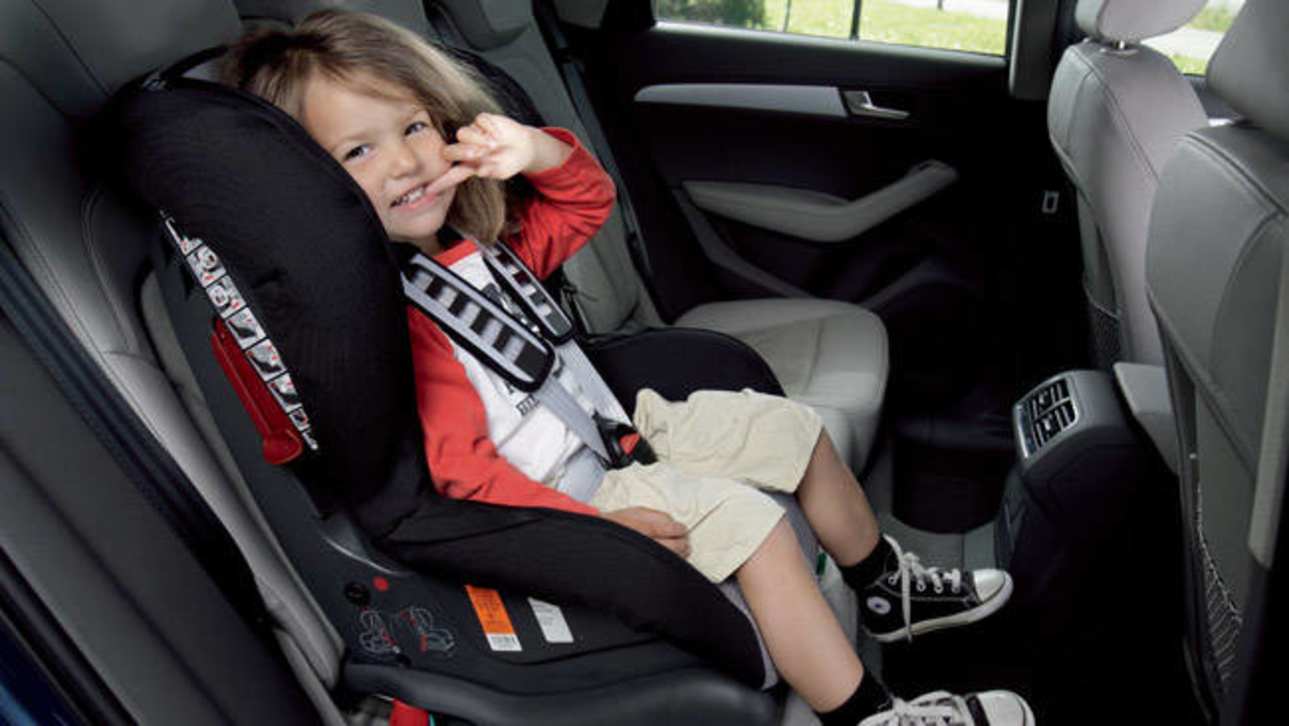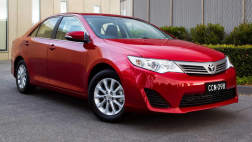But it could be a long time before Australian-made cars rise to the ISOFIX global standard for in-car protection.
Only the Holden Cruze is currently compatible with ISOFIX and there are no concrete plans to fit the necessary mounts to the Ford Falcon and Territory, Holden Commodore or Toyota Camry and Aurion. Also, the ISOFIX system is not universal and is not fitted to most older vehicles.
Legislation is being finalised at Standards Australia to approve ISOFIX child seats next year, allowing them to be sold in Australia and fitted to the vast range of imported vehicles that already have the necessary mounting points in the back seat.
All three local makers are supporters of the ISOFIX move, which comes more than 15 years after Europe and a decade after the USA. The primary advantage of the system is that it makes correct fitting of child seats far easier than strapping them into a vehicle with an adult seat belt, even with the use of the top tether mandated in Australia.
"Holden is very supportive of this technology and is pleased that the legislation will be changed in the near future to support ISOFIX in Australia," says says Stephen Curtis, engineering manager in charge of vehicle structure and safety integration at Holden.
"Currently, the majority of Holden's portfolio is ISOFIX compatible, with the exception of Commodore, Barina Spark and Captiva. Holden's engineering team is working hard to ensure these three carlines are ISOFIX compatible as we introduce model updates to these vehicles.
"The locally-built Series II Cruze is currently ISOFIX compatible and the engineering team is working to ensure that Commodore will have ISOFIX features as soon as possible." Ford is also a strong supporter and also has the mounts in a wide range of its vehicles. "Our European-sourced vehicles are all ISOFIX ready and we are investigating its application across the other vehicles in our range," says Neil McDonald of Ford Australia.
"We are looking into its application for our Australian-made vehicles, including the component and other testing required to ensure suitability with other vehicle components." The company is a global booster for the scheme, but has no detail yet on Falcon or Territory. "Ford is supportive of the introduction of ISOFIX as we believe it will drive harmonisation of standards across the industry while also delivering a good safety outcome for owners.
Ford welcomes the clarity provided over ISOFIX but also hopes there will be harmonisation of standards between the current ADR and ISOFIX," says McDonald. Toyota is also talking positively about ISOFIX. "Toyota has welcomed the recent revision of Australian Design Rule 34 . . . which now more closely aligns with international standards by including allowance for ISOFIX child restraint anchorages," Toyota says.
PROS
The advantage of the ISOFIX system is that it makes it much easier to fit a baby capsule, child seat or booster. They are clipped directly to a pair of attachment mounts which are part of the vehicle's basic structure. There are usually two pairs of ISOFIX mounts, located at the base of the rear seat in the two outboard positions.
The system makes it easier to fit a child seat correctly than using an adult safety belt, even with the top tether that is mandatory in Australia, because it can only be fitted one way. Some European studies show the percentage of seats fitted correctly with ISOFIX is more than five times higher than with a seat belt. Also, seats can be heavier with solid metal bases - ideal for baby capsules - instead of usually being formed only from plastic or a similar material.







.jpg)
.jpg)
.jpg)

.jpg)








Comments